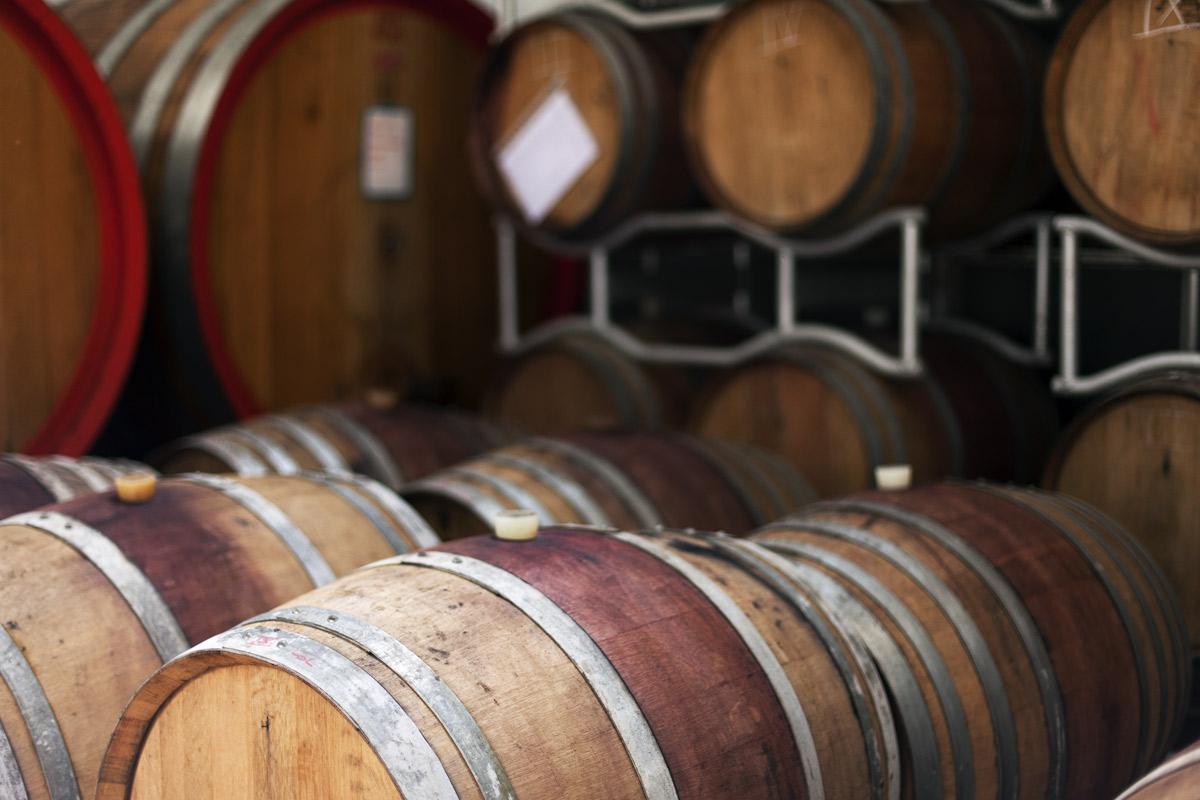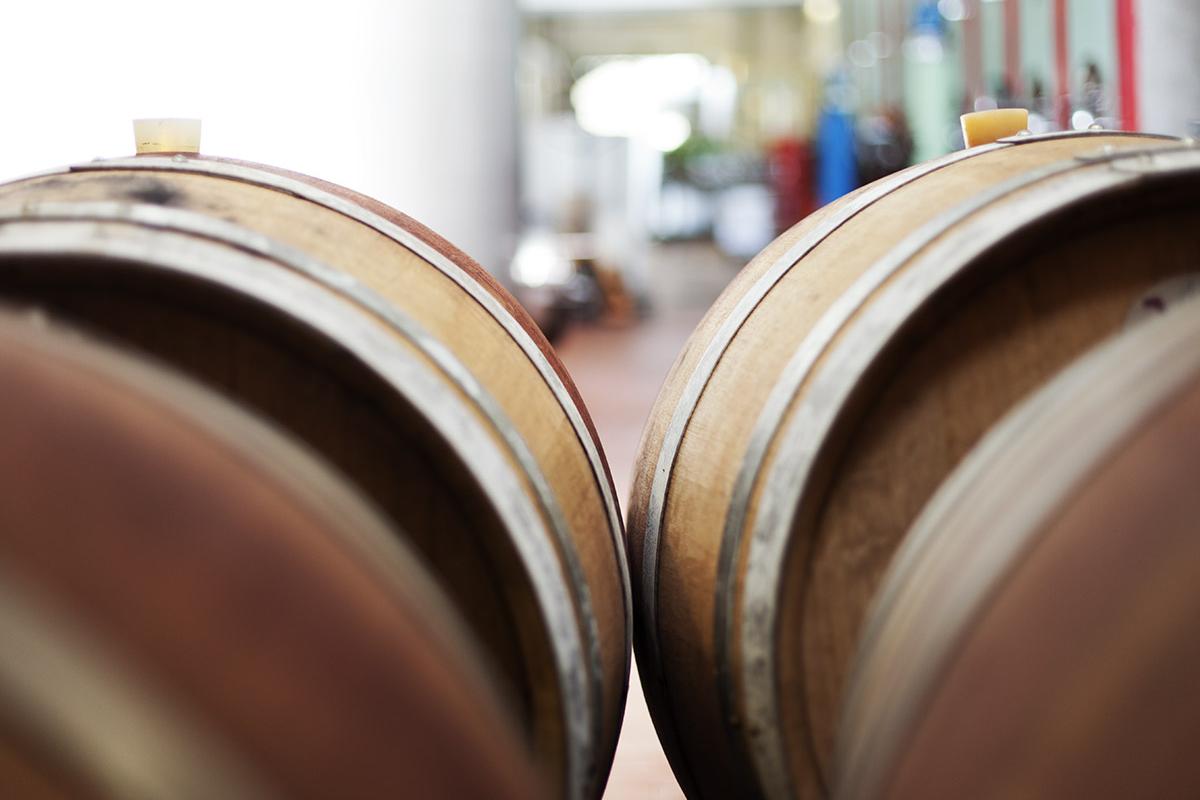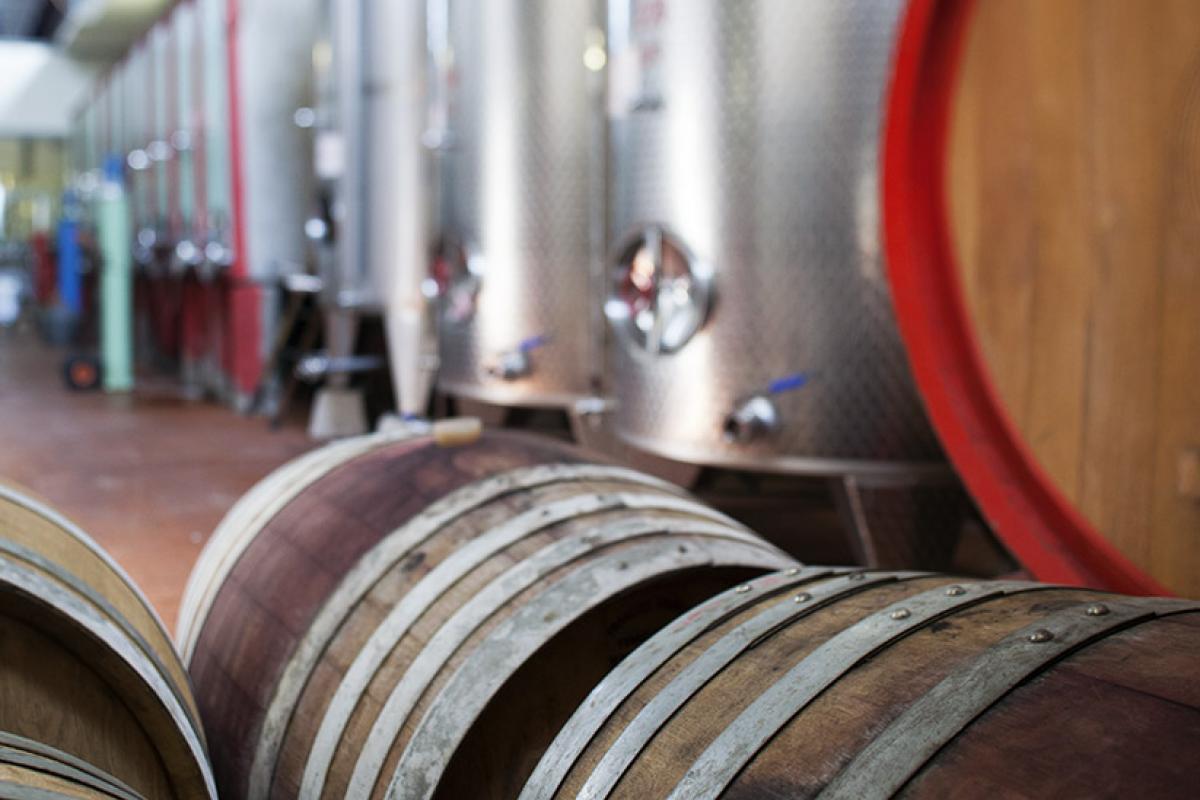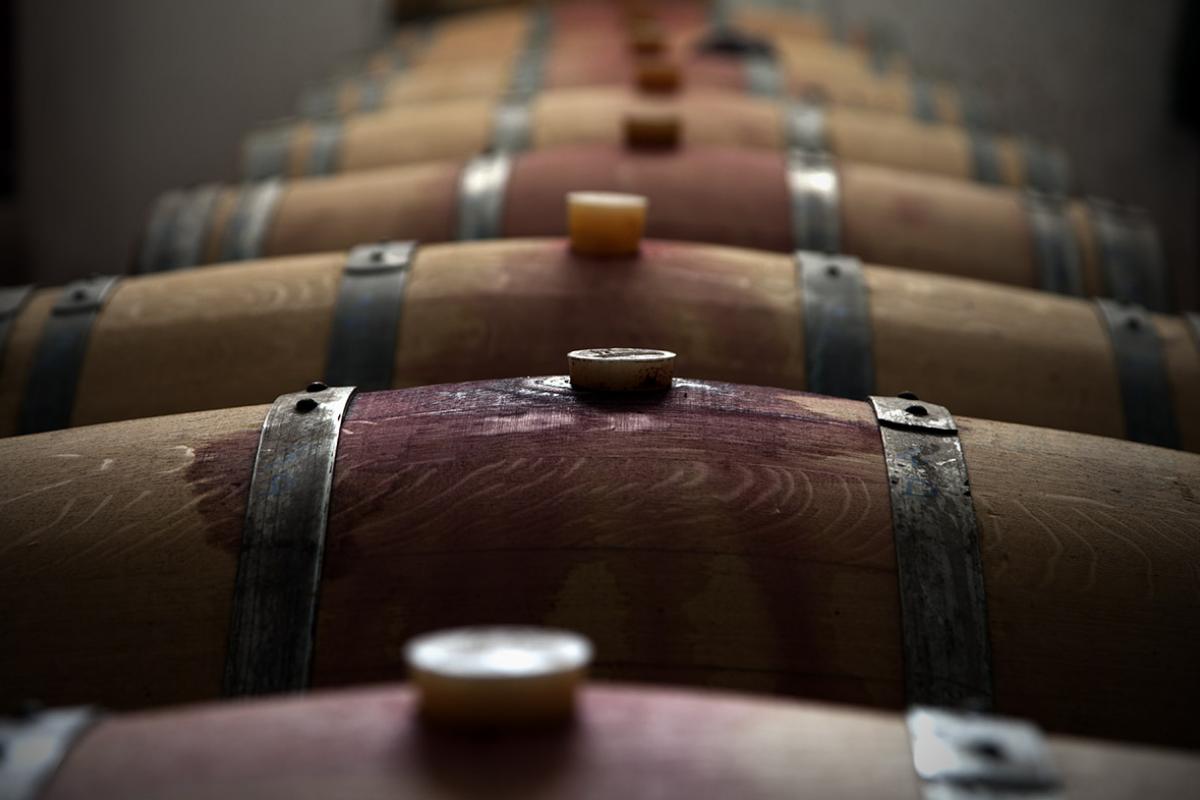This territory on the border between the Marche and Romagna, between the Adriatic and Montefeltro, is our vocation
Knowing one of the oldest wine-making areas in Italy, be in solidarity with its roughness and its beauty, protect an incomparable agricultural landscape and a productive fabric made up of a thin network of handed down knowledge, cultivating the land with respect.
All this is the daily commitment of the forty members who are part of Pisaurum today.
Founded in 1969, Pisaurum is today the most important aggregation structure for most of the winegrowers, often conductors of small companies, who work the over 60 hectares of vineyards that extend between the Foglia, Metauro and Cesano rivers.
In 2014, together with the historic Colonnara winery in Cupramontana, Pisaurum creates Marchedoc, a reality that reflects the common values and the goal of continuing to produce and enhance authentic and sincere fruits of this region.
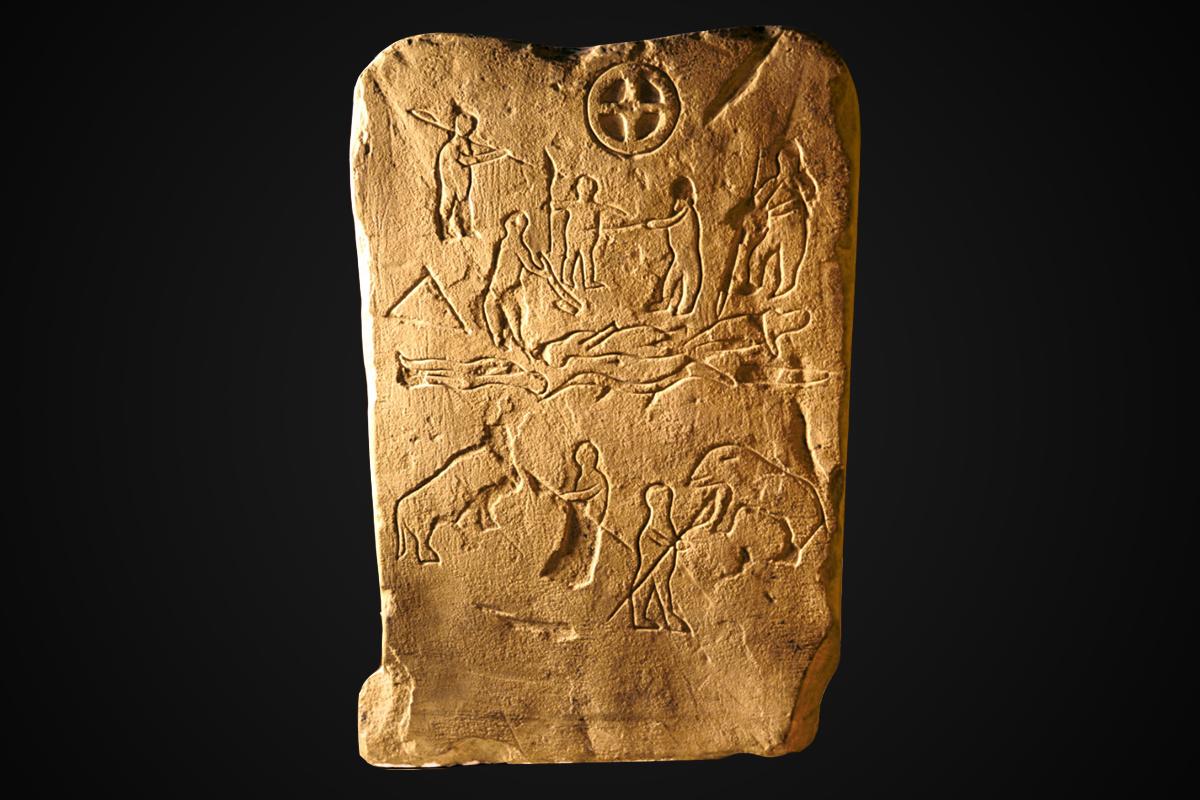
Stele from the Picena Necropolis of Novilara
Pigorini Prehistoric and Ethnographic Museum, Rome
We have chosen the Latin name Pisaurum, the ancient name of Pesaro, because the Romans here found "fertile lands, present the vineyards".
Our logo recalls the ancient wheel of the Picenes of the Stele di Novilara, an ancestral symbol of the Sun, to remind us that progress is a conquest made from generation to generation and that we contribute to building it with our work.
Our vines, between salt and clay
In the Pesaro viticultural panorama, Pisaurum produces a high quality production and, thanks to the selection work carried out first on the vineyards and then in the cellar, it succeeds in interpreting and enriching the ancient enological flavor of these lands and its typologies of characteristic wines.
The fulcrum of our production is the Doc, a selection of fine wines with limited production: Bianchello del Metauro and Colli Pesaresi, produced from native vines cultivated from the sea of Monte San Bartolo to the high clay-limestone hills of Montefeltro.
To the cultivation of the historic Pesaro vines, we have added other varieties such as Cabernet Sauvignon, Pinot Nero, Merlot, which enrich our wines in variety and quality.
We have always paid great attention to a production that respects the environment and the wine itself, guaranteed by the experience and deep roots of each of our members. Today more than 50% of our grapes comply with organic standards, with a percentage that is growing year by year.
The vinification takes place in the cellar of San Lorenzo in Campo, near the medieval historic center of Pergola, famous for its Roman bronzes.
Discovering our DOC
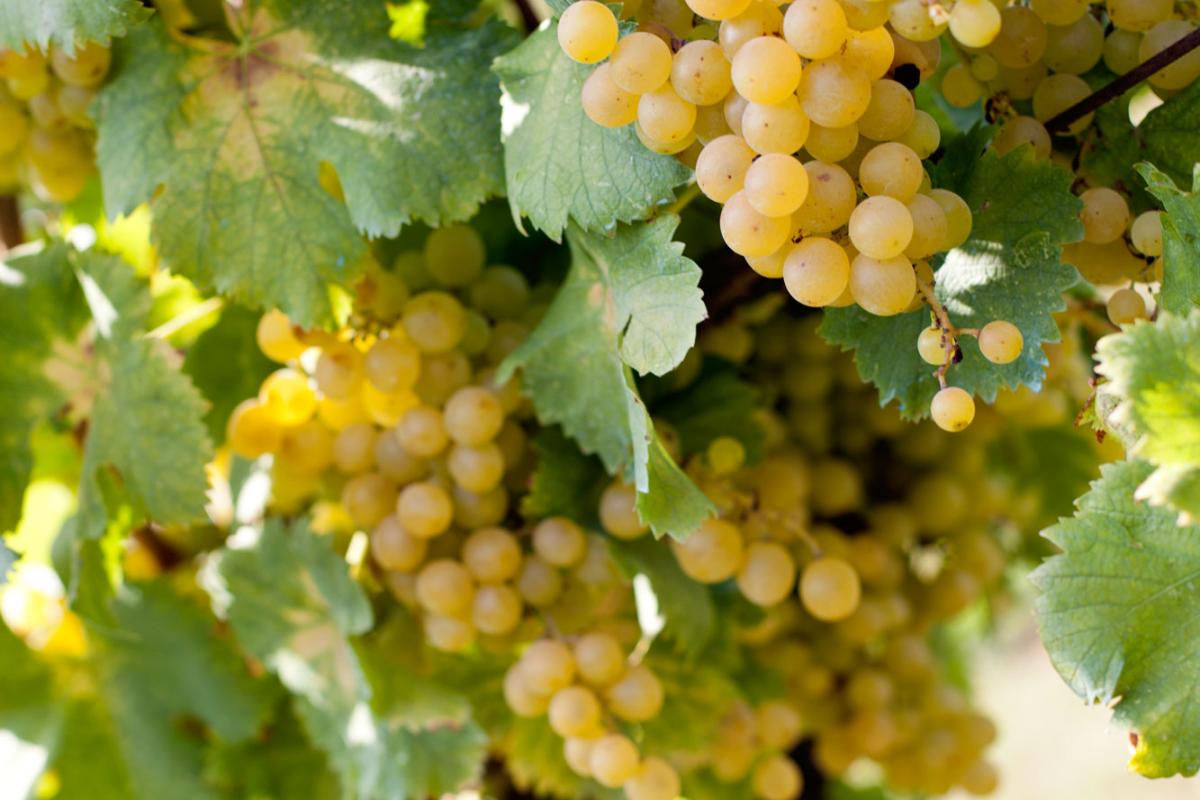
Bianchello del Metauro Doc
Produced at 95% from Bianchello (or Biancame) grapes grown in some towns of the middle and lower Metauro in the province of Pesaro, between the border with the province of Ancona to the south given by the Cesano river, and the course of the Arzilla river to the north, a small addition of Long White Malvasia (maximum 5%) is allowed in the vinification.
The color is straw yellow and the smell is delicate, the taste is dry, fresh, harmonious, pleasant.
History links it to the famous Roman battle of the Metauro of the 2nd century BC, when the troops of the Carthaginian army of Asdrubale, intoxicated by this wine drunk on the eve of the battle, were defeated by the legions led by Gaius Claudius Nero.
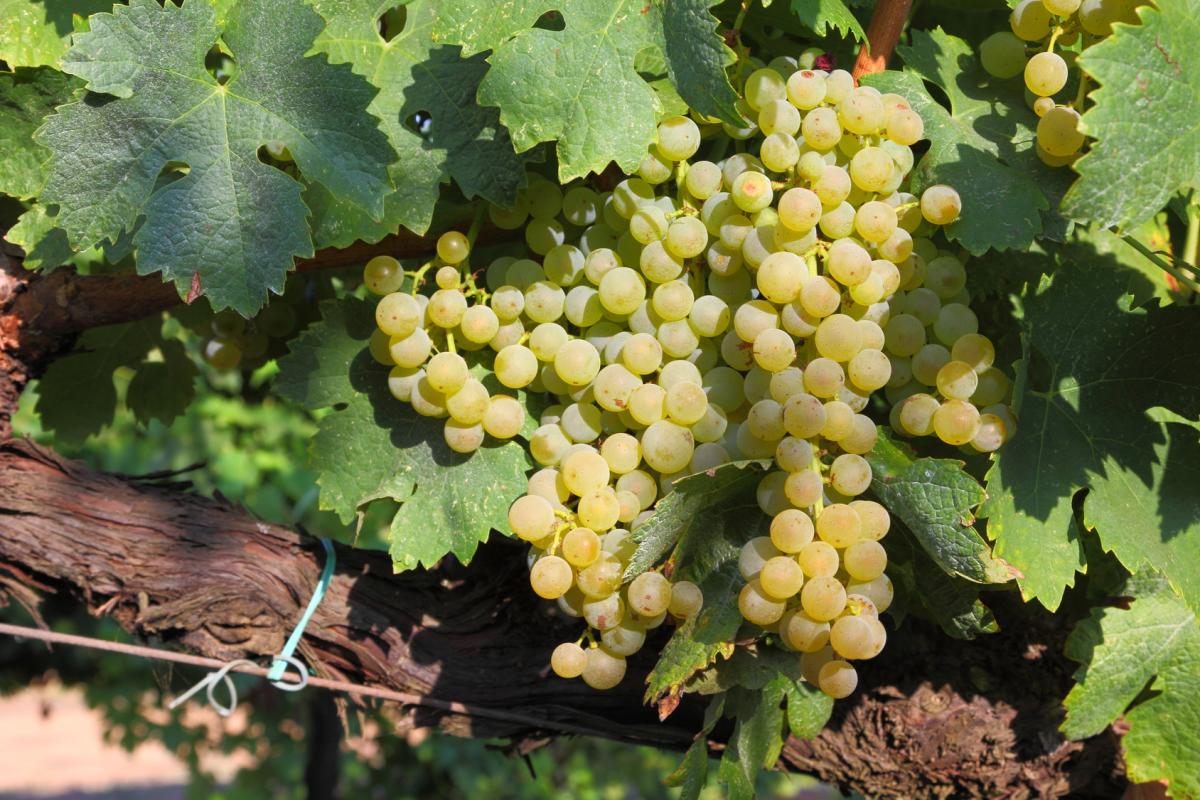
Colli Pesaresi Doc Bianco
Trebbiano toscano (locally called Albanella), Verdicchio, Biancame, Pinot grigio, Pinot nero to be vinified in white, Riesling italico, Chardonnay, Sauvignon, Pinot bianco, jointly or separately: minimum 75%. Other non-aromatic white grape varieties, grown in the Marche, can contribute to the production, up to a maximum of 25%.
A brilliant straw yellow wine with intense acidity, with aromas and aromas of honey and apple and floral note
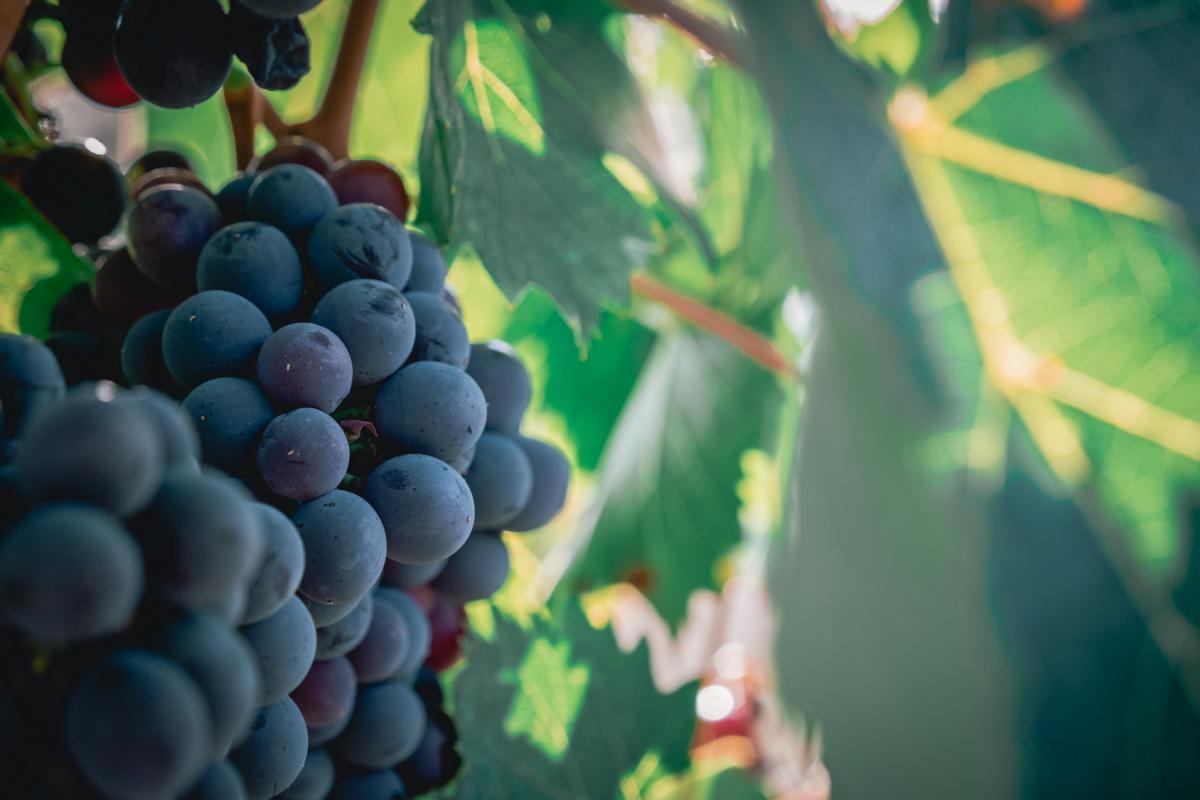
Colli Pesaresi Doc Parco Naturale Monte San Bartolo Sangiovese
Sangiovese: minimum 85%.
Other non-aromatic white grape varieties, grown in the Marche, contribute to the production, up to a maximum of 15%.
The color is more or less garnet red with purple reflections; the taste is dry, harmonious, with a slightly bitter aftertaste.
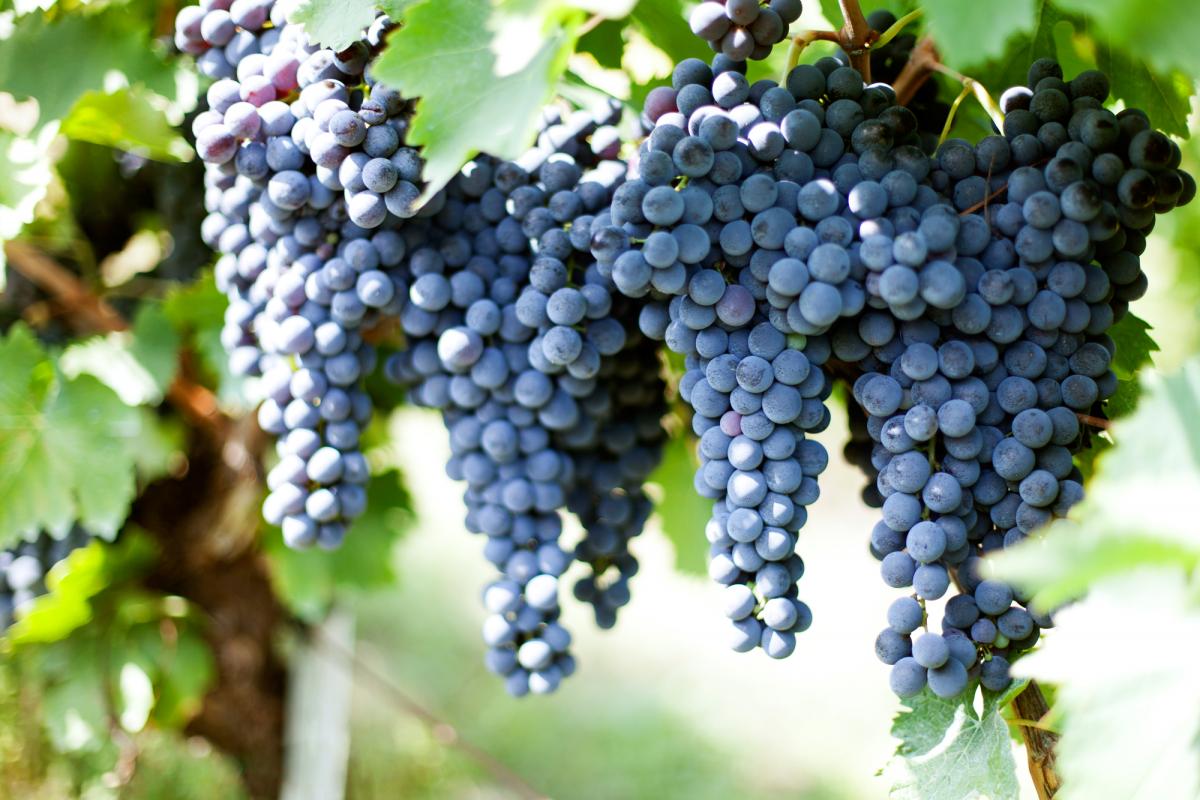
Colli Pesaresi Doc Parco Naturale Monte San Bartolo Cabernet Sauvignon
Cabernet Sauvignon: minimum 85%.
Other non-aromatic white grape varieties, grown in the Marche, contribute to the production, up to a maximum of 15%.
Ruby red, with an intense, slightly herbaceous, pleasing odor, the taste is dry, harmonious, full-bodied.


